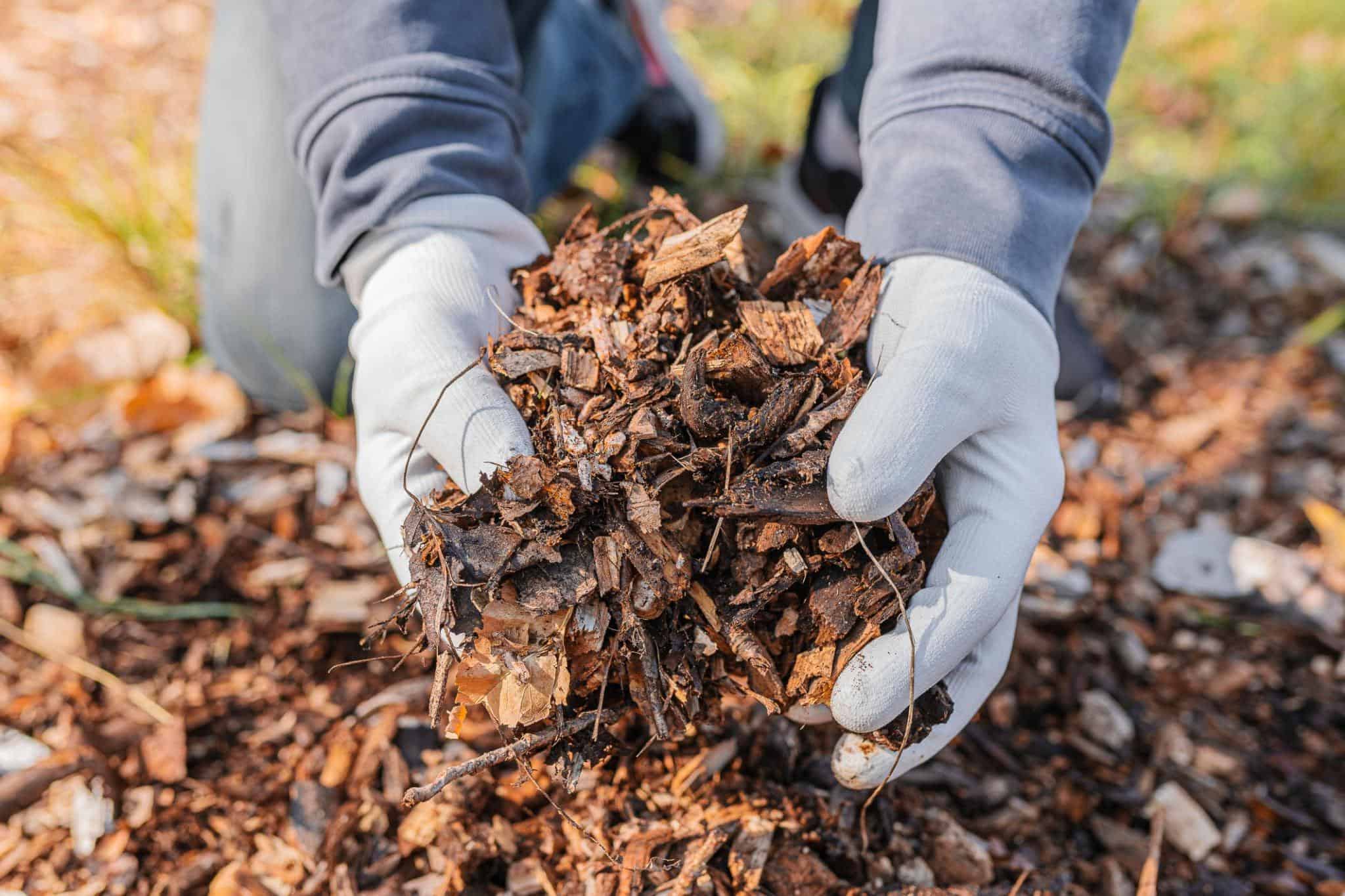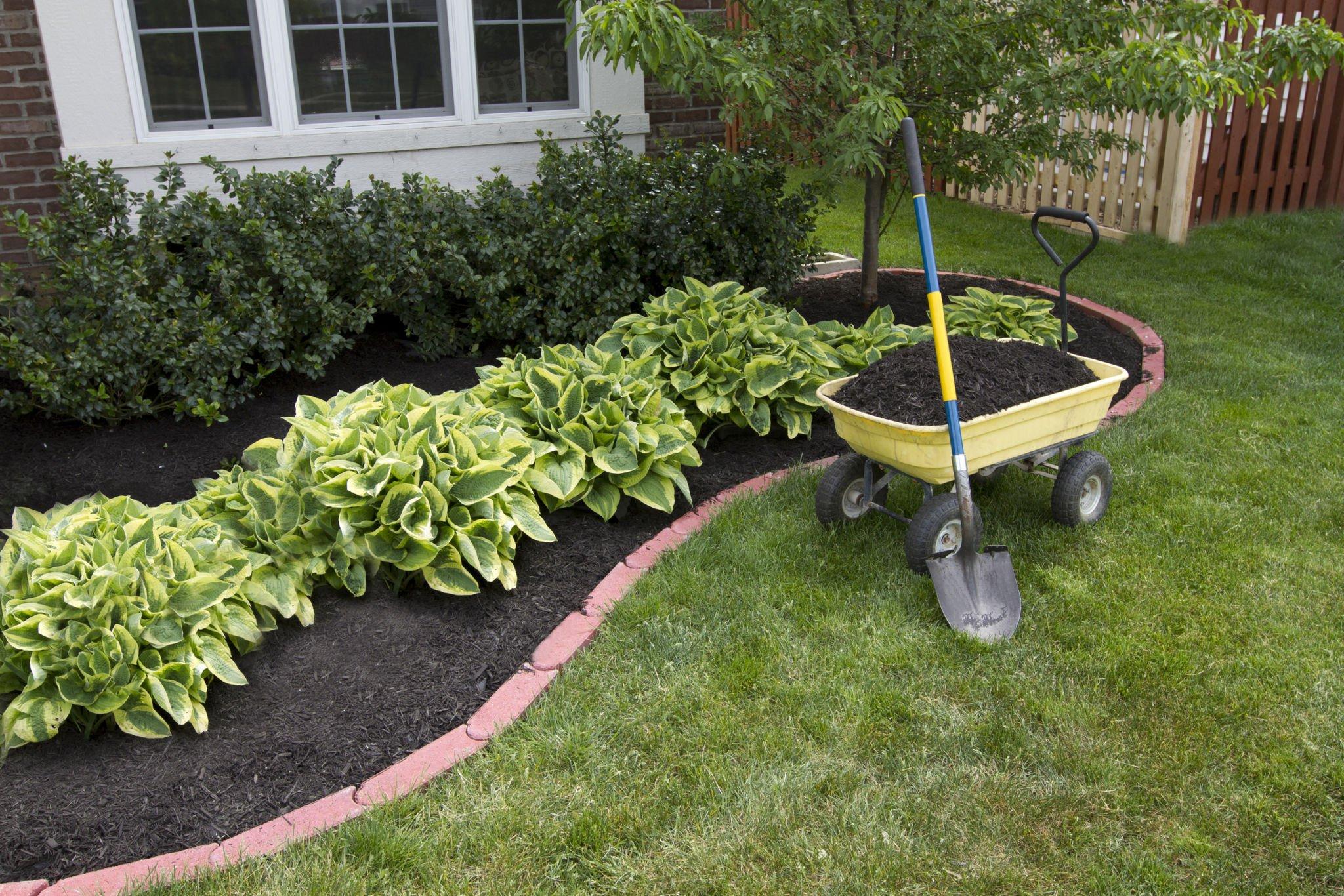Last week we christened our weekly blog with an inaugural feature focused on the principal element of landscaping in your yard. Of course, they include both items you grow, like trees and flowers, and manufactured parts like hardscaping, but one thing was neither and may have surprised you, and that was mulch. As something you pour out a couple of times a year, it's likely not one of the factors in your yard that you think about as much as your lawn or trees. Your trees tower and change while your property requires weekly or biweekly maintenance. Mulch, meanwhile, just hangs out, so what makes it unique? Well, we're glad you asked!
Mulch Varieties
 The first thing you need to know about mulch is that it's more than shredded tree bark. There are probably dozens of varieties for your trees and gardens. The two most basic divisions are organic and inorganic.
The first thing you need to know about mulch is that it's more than shredded tree bark. There are probably dozens of varieties for your trees and gardens. The two most basic divisions are organic and inorganic.
Organic Mulch
Organic mulches are made from plants and probably the varieties you're most familiar with. While typically, in hardware or gardening stores, you'll find bags of shredded tree bark, you can use anything from nut shells and corn cobs to grass and leaf clippings. Traditionally, cultures use whatever is common to their area. For example, the midwest used corn cobs, while the south used pecan shells. In our connected world, gardens are a bit more homogenized, but you can still use local materials for a more rustic or natural feel. Note, if you plan to grow food, be sure not to use any material that has been treated or dyed in your gardens.Inorganic Mulch
Inorganic mulches are typically manufactured, with one notable exception. Some common inorganic varieties include shredded rubber, glass beads, and plastic pellets. Which type you use depends on goals and the aesthetics of the areas it's being applied to. The exception to manufactured varieties is rocks and pebbles, which can be natural river rock or something polished. What all the organic types have in common is that they never break down.Functions
Mulch's functions are varied and unique to each landscape and its needs. However, here are the main reasons people use it.Aesthetic
For many homeowners, aesthetic value is the main or only reason they apply shredded bark (often dead) to their gardens. The color is designed to contrast the flowers or trees it surrounds. Different textures, like polished stone vs. shredded bark, can also add interest.Weed Barrier
The next most common reason focus use mulching in their gardens is for its function as a weed barrier. Laying it down will help block the weeds from crossing the garden border and prevent weeds and other unwanted plants from getting sunlight if they're already there.Pest Control
Did you know that certain plants and textures around your garden can help reduce or prevent pests? For example, soft-bodied animals like slugs don't like to crawl over anything jagged. Also, cedar bark has sent that is repellent to many insects. Whatever you plant in your garden will have natural predators. So picking the most suitable surrounding material can help repel those pests and keep your plants healthy for longer.Insulation
In the winter, your plant's roots can freeze. In the summer, the sun can back them. When you surround your plants with other plant or manufactured material, you provide protection during changing weather.Water Retention
 In the summer, your plants run into another danger beyond temperature where your mulch can help. The heat burns your plants and can cause water to evaporate more quickly than your plants can absorb it. However, surrounding your flowers with plant material can help to prevent dehydration.
While this wouldn't work with glass beads or rubber, plant material absorbs the water and helps to percolate it into your plants' root systems.
In the summer, your plants run into another danger beyond temperature where your mulch can help. The heat burns your plants and can cause water to evaporate more quickly than your plants can absorb it. However, surrounding your flowers with plant material can help to prevent dehydration.
While this wouldn't work with glass beads or rubber, plant material absorbs the water and helps to percolate it into your plants' root systems.
 nikk@southernlovelandscaping.com
nikk@southernlovelandscaping.com
